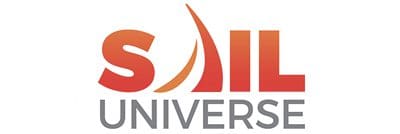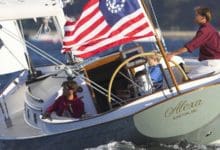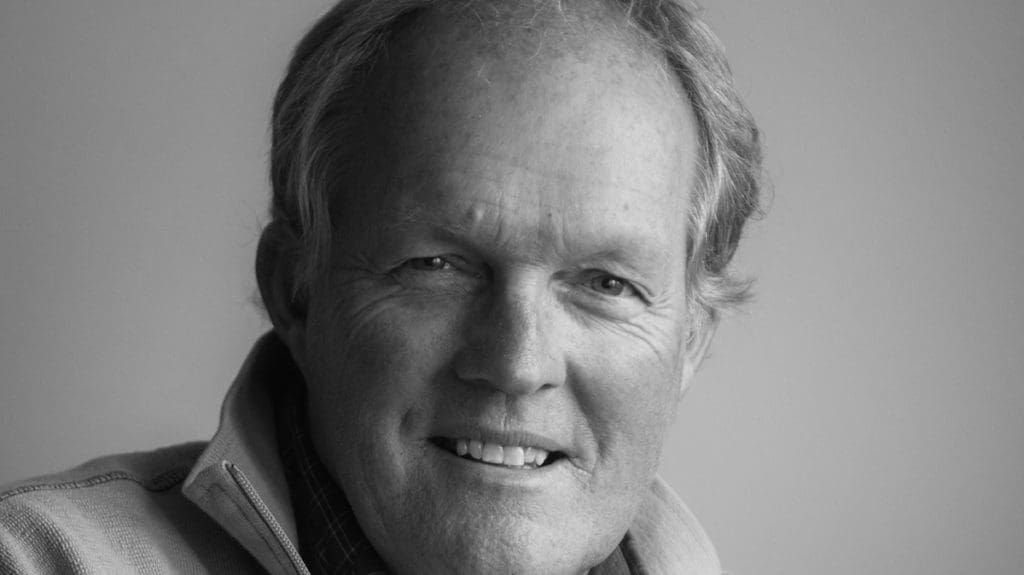
Onne van der Wal is one of the most talented marine photographers in the sailing world. He was born in Holland on February 24, 1956 and raised in Hout Bay, South Africa. He learned to sail aboard his grandfather’s boat before he could walk. After he progressed through youth sailing training programs, he discovered his passion: ocean racing.
As the bowman and engineer aboard the Dutch maxi-boat Flyer, van der Wal won all four legs of the 1981-82 Whitbread Round the World Race. Along the way, he took his camera with him everywhere he went, even to the top of the mast and the end of the spinnaker pole. We met him.

Please tell us something about your younger days, to help us understand how your passion for sailing began.
I was born in the Netherlands; this was where my grandfather sailed, and where my father learned to sail as well. My mother’s father was very keen to spend time on the water and liked to sail and fish, always on the lakes and the canals in Holland. When my father joined the family, he learned to sail – and then, of course, at a very young age they took me along. Almost before I could even walk, I was already sailing on those typical Dutch boats.
In 1959 when I was two years’ old, we took an immigrant ship from Amsterdam to Cape Town, where we started our new life in South Africa. We had a lot of sailing opportunities there; later on my youngest brother also sailed often, and we raced Lasers againt each other. I then got involved with keelboats in South Africa, which were more appealing for me than the dinghy boats. Sailing dinghys was always very cold and wet for me…

You participated (and won all four legs…) on the 1981-82 Whitbread Round the World Race onboard Flyer. How has this experience been important for your work?
I started sailing in Cape Town on the keelboats at the Royal Cape Yacht Club. We were at the Yacht Club: some of those boats raced, and some of them were used for cruising. A guy next door saw me always working on the cruising boat, and he said ‘you should come and race with us’. I told him ‘yes, but I don’t know how to race’, to which he replied ‘I’ll show you’. I raced, and I loved it.
Someone that sailed with him took me on a bigger boat, a 72 feet ketch, so I went on and raced on that. At the point I received the offer for a spot to do the Cape to Uruguay race in 1979: I went along as a watch captain and the starting helmsman. I did three transatlantic passages on that boat. I did a lot of miles, and I love being offshore, but I was always very keen because when the second Whitbread came through Cape Town in 1977, I was down at the RCYC and I saw them coming in to Cape Town, and it made a huge impression on me. And I went sailing on Great Britain 2 for a day sail, a 77 footer, that really made a big impression on me. And so I thought ‘well I’m going to do more racing’. So I went to England, and I raced in 1979 in Cowes week and Fastnet race, I sailed on Sleuth, an American boat 54 ft Frers sloop.
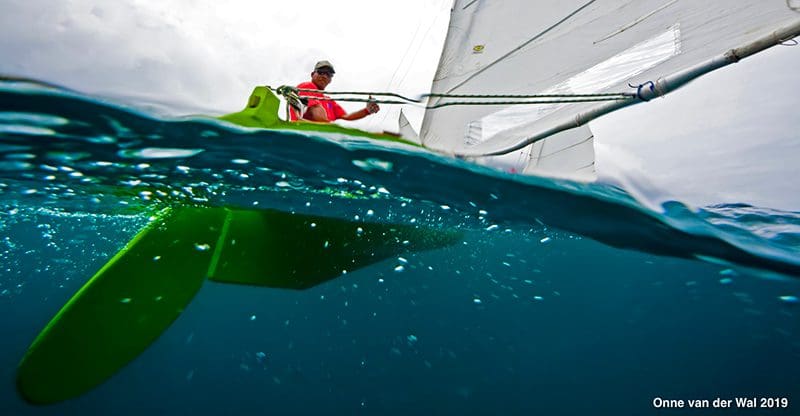
At one point, I decided to write to Conny van Rietschoten, who was the owner of Flyer a note. As you may know he won the race in 1977 with the first Flyer, and I said to him I would love to be part of his new boat. And so he wrote me a letter in 1980: ‘I’m coming to the United States that summer, why don’t we get together?’.
He was looking for crew with extensive offshore experiencebut was also looking for guys with a specialty: a rigger, a sailmaker, a doctor, an engineer, a navigator… I studied as a machinist in South Africa and he loved the idea that I could fix and make things, take them apart and put them back together, so he said ‘I should take you along as my engineer’. In any case, before the end of the dinner, he stuck his hand out. He said ‘I’ll see you at Huisman Shipyard in Holland in February’to help us complete the boat: that’s how I got on to Flyer.

Okay. And so during the Whitbread, you were also the photographer. It could be said your career started there, right?
Correct. There is a nice little story that goes with that, as we were in Marblehead on Flyer II, so I joined the boat in Holland. We sailed to Portugal and then across the Atlantic and on to Marblehead. We were at anchor in the harbor, and there were three guys on a little rowboat that came out to take a look at the boat. They were the publishers and the editor of Sail magazine. I showed them the whole boat, and at the end of the tour, I said ‘oh will you look at some of my work’, and I had colorful strips of slide film. Keith Taylor, the editor, had a look and held them up to the light; he asked ‘this is really interesting stuff, can I take it with me?’ He got back to me the next day, and he said ‘we’d like to ask you to shoot for Sail Magazine during the round-the-world race on Flyer. So on board Flyer I was the first OBR… the bowman and also the engineer. I did a lot on board!
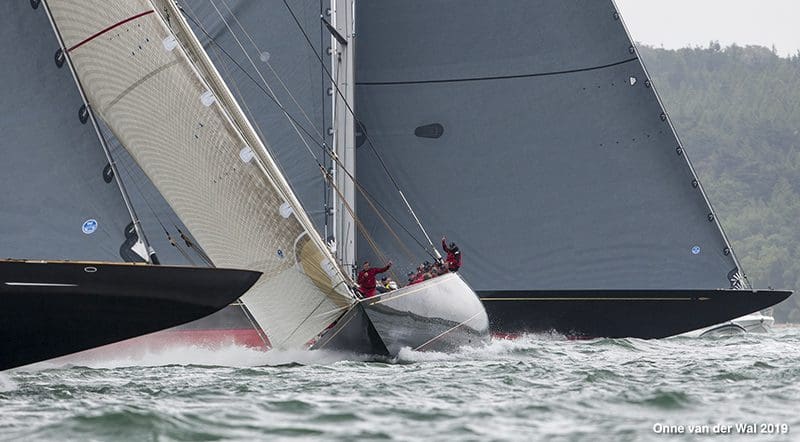
You are an ambassador for Canon which is called A Canon Explorer of Light. How did the digital cameras change the way to take a picture?
I don’t think that the way to take a picture has changed at all between the way I took a picture on film and the way I took the picture now in digital. Except maybe that I don’t take quite as many actuations or actual clicks, I actually push the button less now with digital, as it’s easier to see what you’re actually capturing and if you’re getting the right exposure. Then when I’m on the computer, it’s easy to make a few little adjustments to make it perfect.
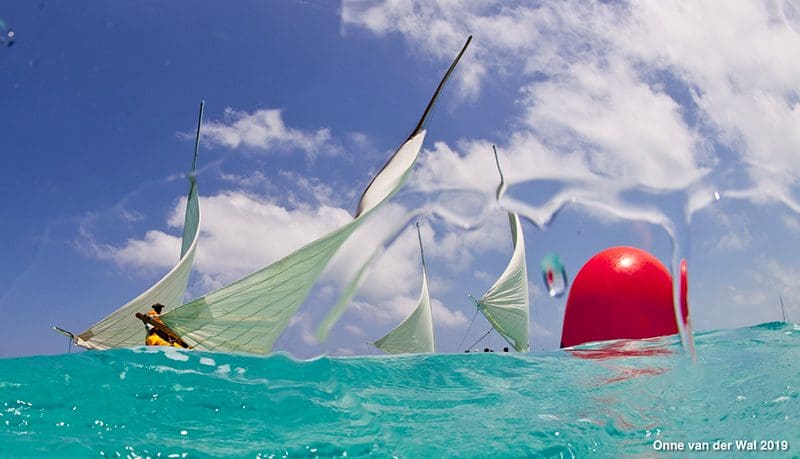
With film, you didn’t know what you were doing in the way of the exposure. You had a good idea in depth of field and camera shake and all that stuff, but with a digital now, you can really see what you’re doing, and it enables you to work a lot more accurately. The camera that I’m using today looks exactly the same on the front to the camera that I was using 25 years ago, the Canon EOS 1. But when you look at the back, obviously now we have a little window and before we had a little door for film, but the camera is still exactly the same.
The big change came in the digital darkroom where one spends hours on the computer, and that was sometimes a little hard and tiring and not much fun. But a big advantage of the digital now is when I send images to a client or a magazine or a boat builder, and they lose them, I can just send them another copy. Or if I have one really great shot I can send it to six people at the same time: I could never do that with slide film, and if somebody’s lost a slide it was gone forever, whereas now with digital you always have a copy, so that’s a big advantage.
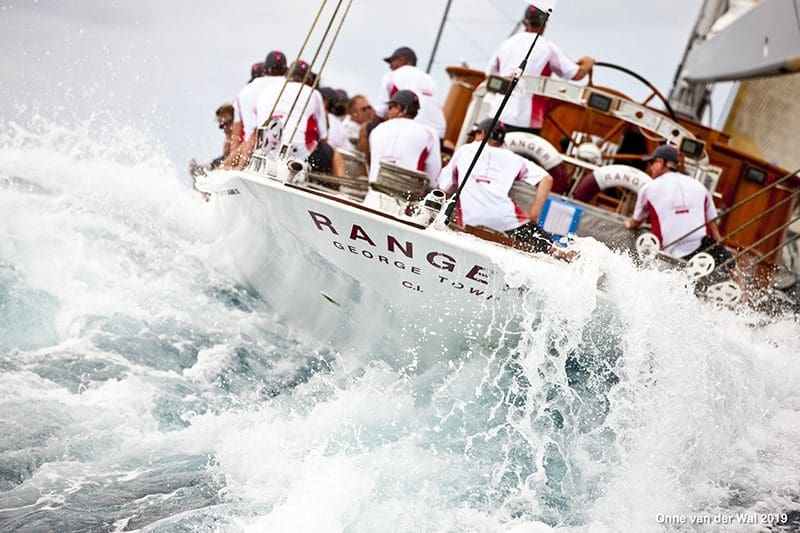
What is an advice that would you would give to a boy who dreams to start a career as a photographer?
Obviously, today, it’s a lot harder to start a career as a photographer because there are so many people out there shooting. And you know it’s easier to shoot a picture today with a digital camera than it was with a film camera. So there are many more people out there on the water shooting sailboat racing. But if a kid has a good eye, and they’re prepared to work hard at it and put aside at least five years to sort of just live on pizza and drink cheap beer, then maybe you can make a go at it. But I see a lot of people out there who are doing it, and I know some very good younger photographers who have not really given up but are having a very hard time to try.
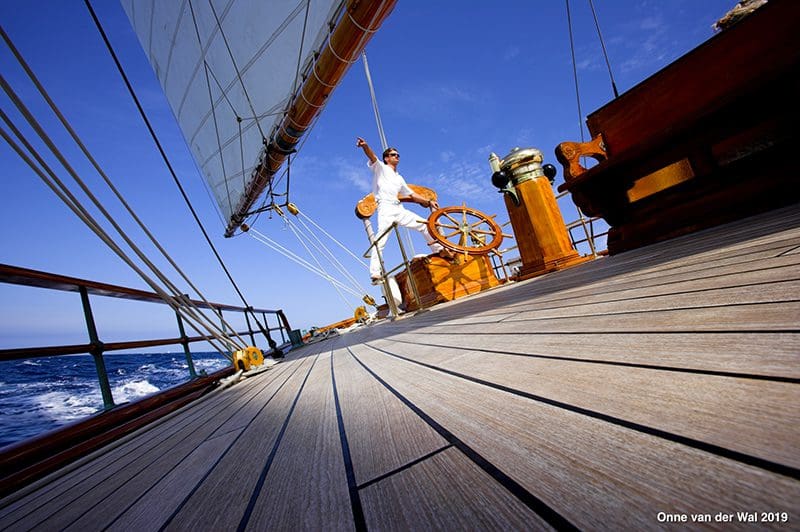
So, to have a good eye remains the most important thing?
Absolutely yes: without that, you’re lost. No matter how good your gear is, if you don’t know where to point it, then it’s useless.
You sailed and shot more or less all around the world, can you mention as few of your favorite places to sail?
I think the Bahamas is one of the my favorite places, and I love the high latitudes of the Arctic and Sub Antarctic southern latitudes. I just spent time these past two summers in Greenland, one with a client and one leading a photo workshop. I going back to Greenland again in August of 2020 to lead another workshop. It’s just very clean up there, you know it’s a little cooler, but it’s not super cold and the photography up there is so dramatic.
So going up to Greenland or Iceland, or the Arctic regions of Russia and Alaska. And then also going down South to Antarctica and to South Georgia, the South Antarctica islands and Patagonia. I think the high latitudes stuff is really my favorite. And then secondly, I will say the more remote regions of the South Pacific.
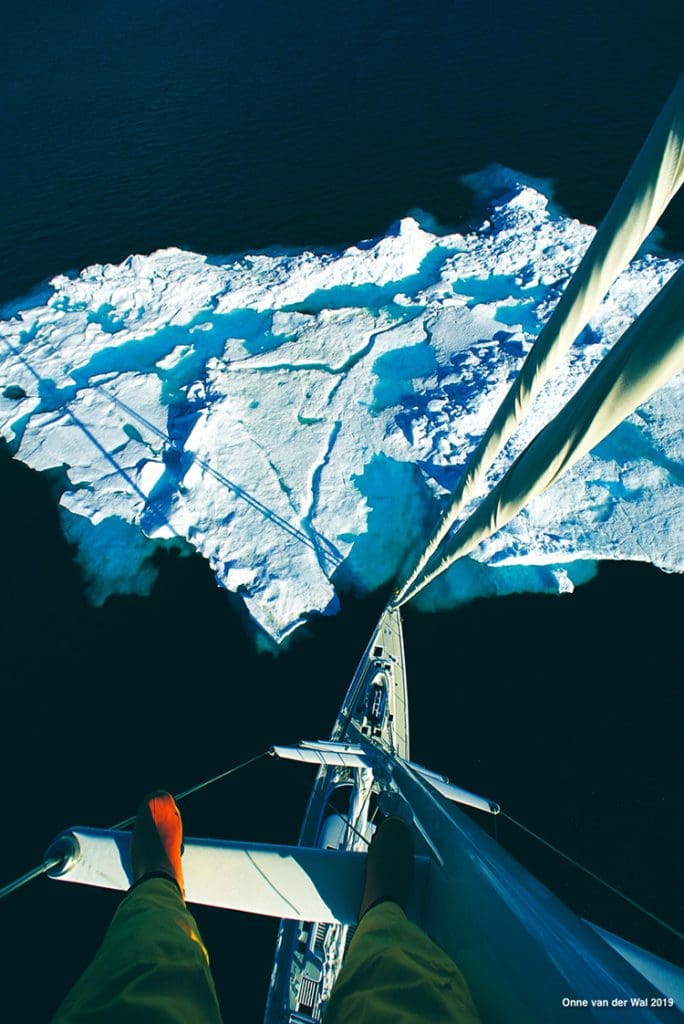
And could you tell me which is one of your images that you love the most and why?
One shot that comes to mind is a shot that I took from the third set of spreaders on a boat called Shaman, during my first trip to Svalbard in the Norwegian Arctic in 1998. I was looking down at the deck, and we had positioned the boat in front of an iceberg. You can see my sailing boots in the picture, just my toes, and then you can see the deck, and you can see the iceberg. Remember, you can see the horizon from up there, and it just really captures the spirit of that area.
Now, our classical final question: what does sailing mean for you?
When I think of sailing, I think of sailing on my own boat: I have a 36-foot sailboat, and it just means getting away from everybody and the noise. No engine, just sailing along and healing over and just enjoying the fresh breeze and smelling the air, and enjoying the peace and quiet of nature.
